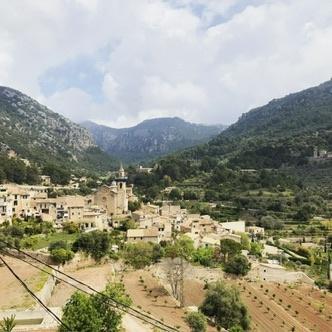How do local customs influence access to private land for tourists in Mallorca?
Similar Topics
mallorca private land
local customs mallorca
access private land
camins ramaders
property rights mallorca
sustainable tourism mallorca
respect private property
mallorcan cultural practices
Local customs in Mallorca significantly shape how tourists can access private land, reflecting the island’s deep respect for property rights alongside its welcoming nature. Traditionally, Mallorcans maintain a strong sense of ownership and privacy concerning their rural estates and farmlands, viewing these spaces as both personal heritage and livelihood sources. Visitors are generally expected to seek permission before entering any private areas, and ignoring this norm can lead to discomfort or conflicts with landowners. This practice underscores a broader cultural emphasis on courtesy and respect for personal boundaries, which is important for tourists to understand to foster positive interactions.
In some rural regions, there are informal yet widely acknowledged pathways, known as “camins ramaders,” which have historically been used by locals and shepherds. These traditional routes sometimes cross private properties but are generally accepted as public access ways, provided visitors stick to the paths and refrain from disturbing the land or livestock. However, even along these routes, it is customary for tourists to respect signs, gates, and barriers that indicate restricted areas. This balance between private rights and communal access highlights the island’s nuanced approach to land use, blending respect for private ownership with acknowledgment of historical passageways.
Additionally, the Mallorcan culture values sustainability and environmental stewardship, which affects access practices. Tourists are encouraged to minimize their impact and avoid trespassing beyond designated areas to preserve the natural landscape and local agriculture. Many landowners are willing to share their property and allow access for leisure activities such as hiking or birdwatching, provided visitors behave responsibly and sometimes contribute through guided tours or local fees. Understanding these customs helps visitors navigate Mallorca’s private lands with respect and care, enriching their experience while maintaining the island’s cherished traditions.
In some rural regions, there are informal yet widely acknowledged pathways, known as “camins ramaders,” which have historically been used by locals and shepherds. These traditional routes sometimes cross private properties but are generally accepted as public access ways, provided visitors stick to the paths and refrain from disturbing the land or livestock. However, even along these routes, it is customary for tourists to respect signs, gates, and barriers that indicate restricted areas. This balance between private rights and communal access highlights the island’s nuanced approach to land use, blending respect for private ownership with acknowledgment of historical passageways.
Additionally, the Mallorcan culture values sustainability and environmental stewardship, which affects access practices. Tourists are encouraged to minimize their impact and avoid trespassing beyond designated areas to preserve the natural landscape and local agriculture. Many landowners are willing to share their property and allow access for leisure activities such as hiking or birdwatching, provided visitors behave responsibly and sometimes contribute through guided tours or local fees. Understanding these customs helps visitors navigate Mallorca’s private lands with respect and care, enriching their experience while maintaining the island’s cherished traditions.
🧩 Related Questions
Related Question
Are there any local festivals or events celebrating the citrus harvest in Mallorca?
Related Question
What impact has Catalan’s official status had on government services and administration in the Balearic Islands?
Related Question
What precautions can you take to avoid attracting bees while driving?
